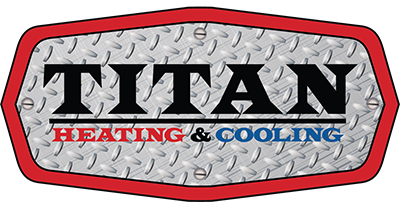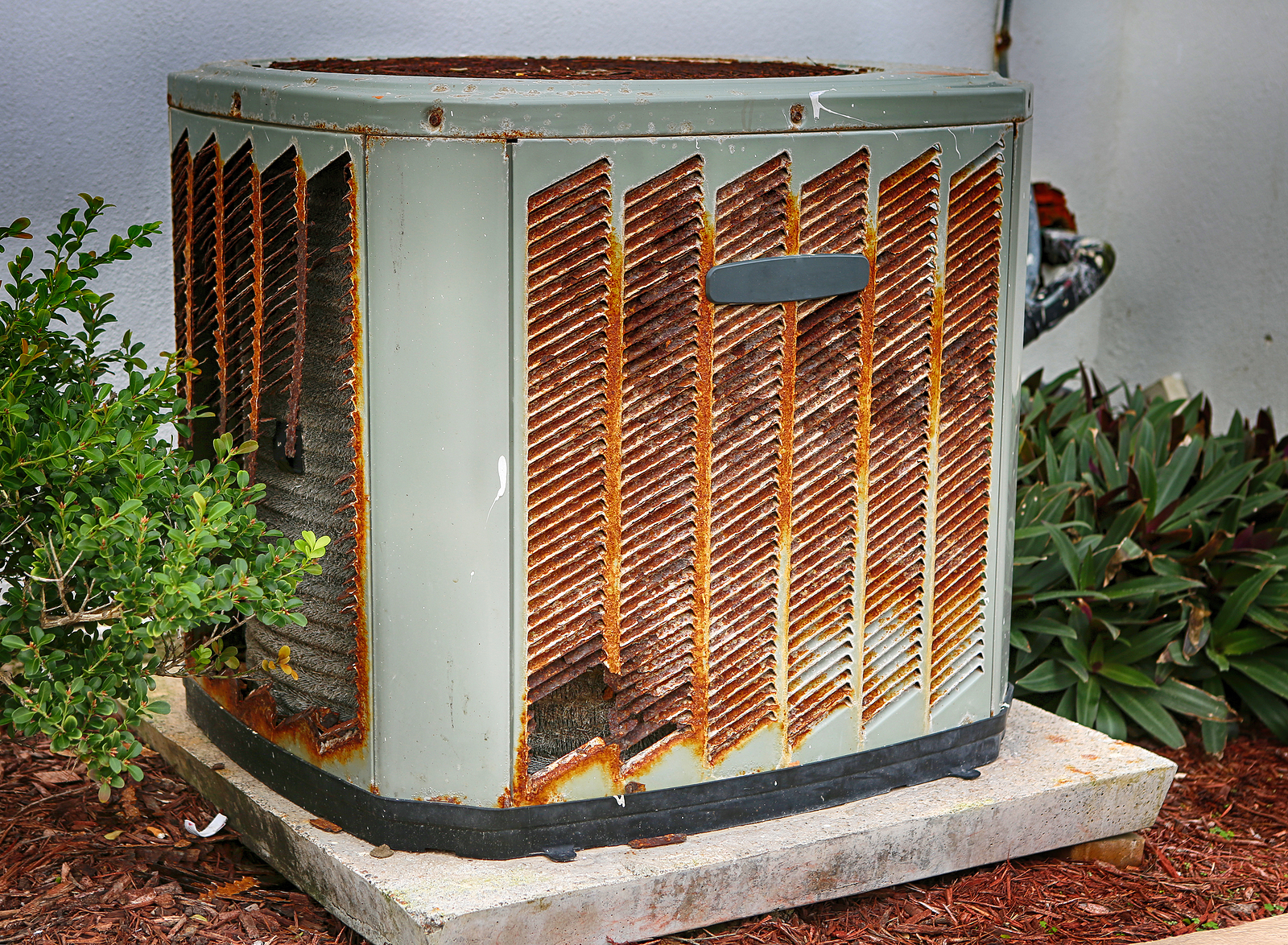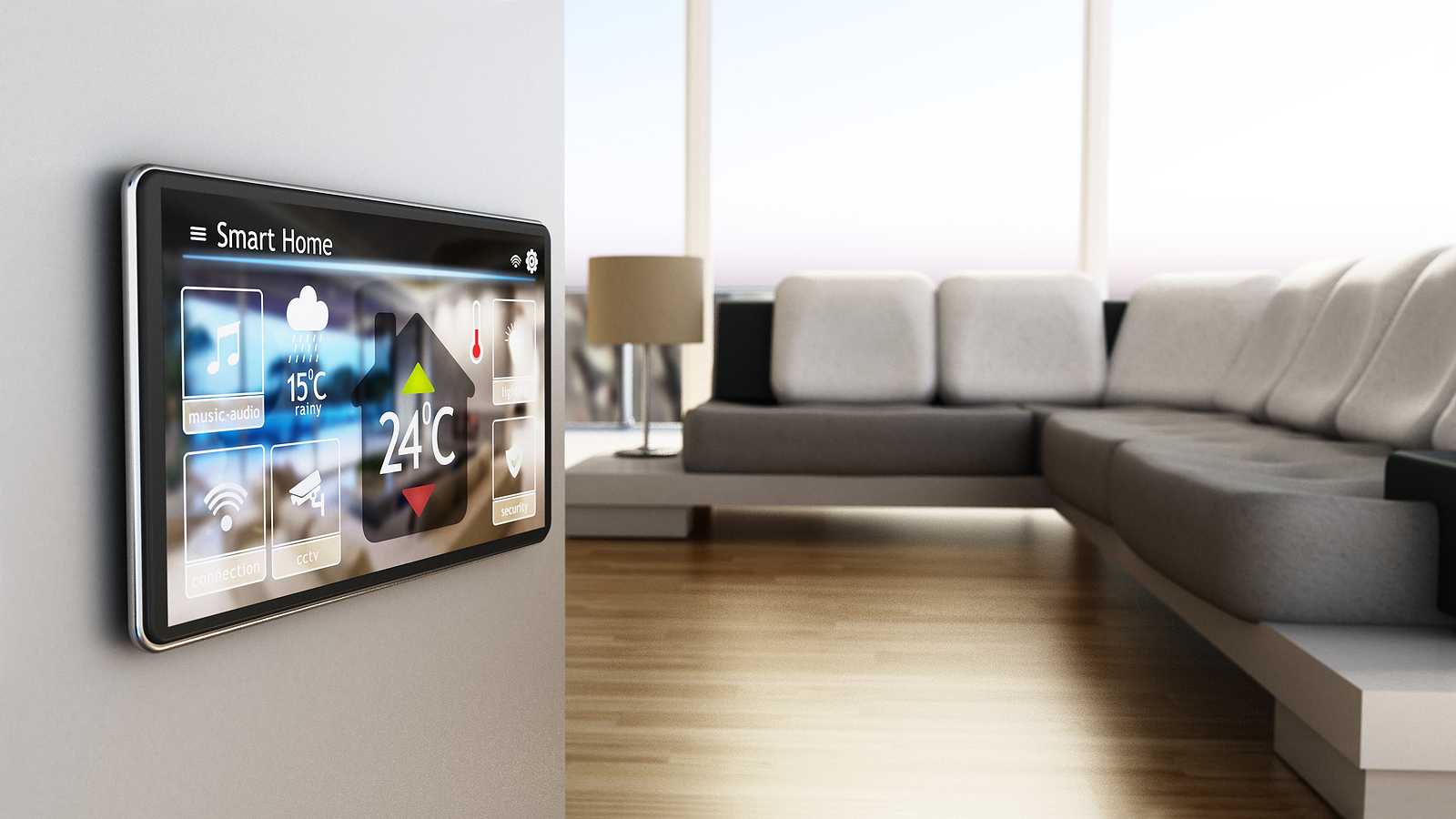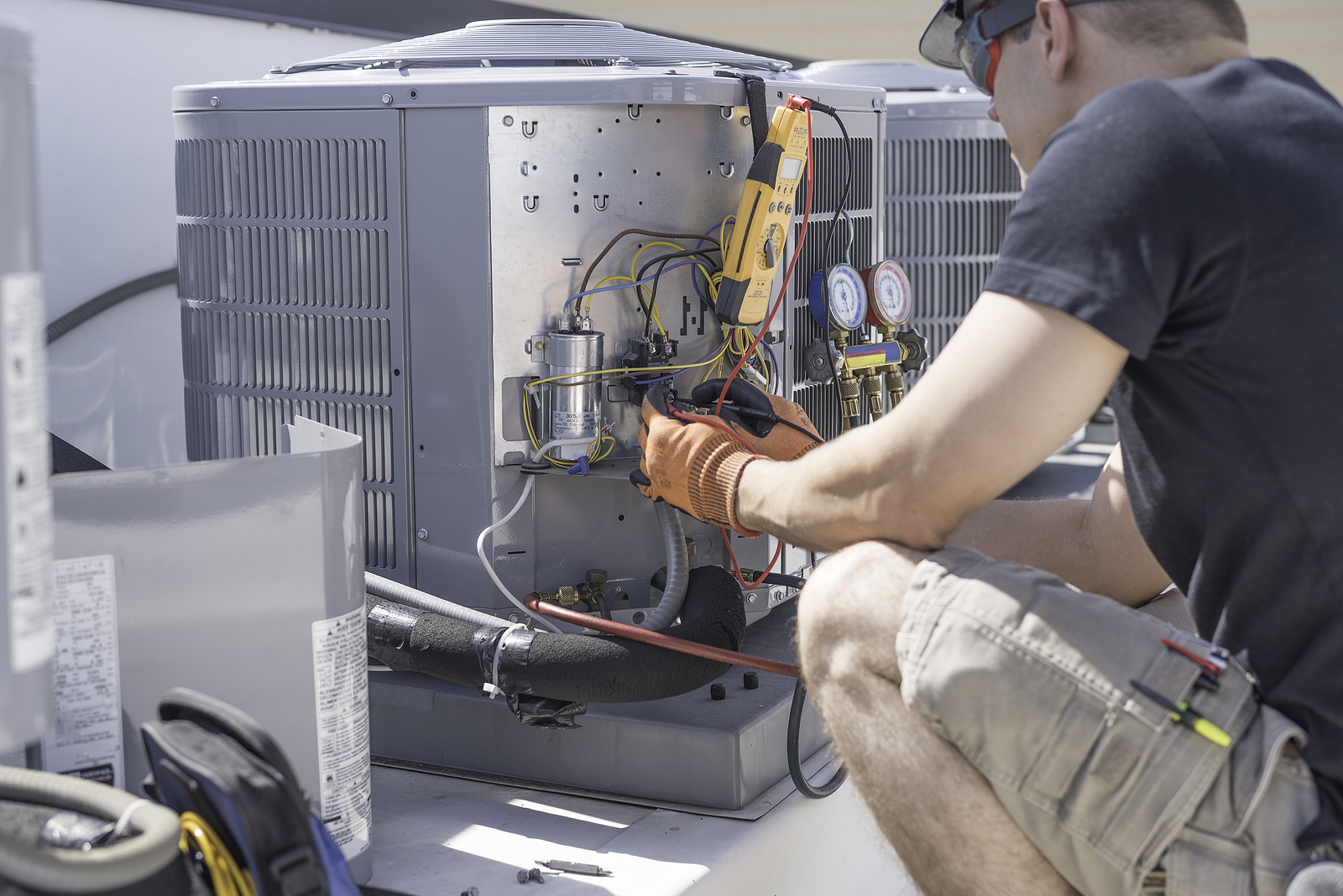Thanks to extreme temperatures, summer is the peak season for replacing air conditioning units. Unfortunately, as demand spikes, so do prices. But don’t worry–your AC might not need replacing just yet. Depending on the situation, it might actually be worth applying a temporary fix in late summer so you can buy a new system during the off season (fall through spring) when AC units are less expensive. Before you decide if your AC needs replacing, though, here are seven questions you should be asking yourself. Is your AC old? No matter how consistent you’ve been with HVAC maintenance, the average life expectancy for an AC unit is about 10-15 years. If your unit is within this age-bracket, then it may be time to consider investing in a replacement. Still, if your old AC isn’t giving you any problems, it might be smart to wait until the off season to buy a new system. Conversely, if your air conditioning unit is old and it’s giving you any of the problems listed below, you might need an immediate replacement. Have your monthly energy bills spiked? One of the first signs of an old or degrading air conditioner is inefficiency. If you’ve noticed that you’re paying much more for your energy bill than you’re used to paying at this time of year, it’s probably a sign that your AC is giving out. In general, older air conditioners have to work much harder to cool your home, meaning they use a lot more energy–and cost a lot more money. Of course, this may also be a sign of poor insulation in your home which could be caused by many different factors. It’s best to schedule an inspection first before you make the leap and buy a new system. Are temperatures uneven throughout the house? Have you noticed various hot spots around your home? Not only do aging ACs have to work harder, but they also have issues keeping temperatures even. It’s important to note that this issue could just be caused by an improperly sized AC unit, or by disintegrating ductwork. However, disintegrating ductwork is another sign of an aging AC, so while you can call a professional to come out and fix the ductwork, you may still need to replace the AC unit eventually. Is your AC noisier than normal? It’s common for most AC units to make some kind of noise when they kick on. But other noises can indicate serious issues. If you’re hearing sounds like squealing, grinding, scraping, or frequent loud pops and bangs, then you need to schedule an appointment with a professional as soon as possible. Your HVAC technician will be able to tell you if you need AC repairs or a full replacement. Have you already made expensive AC repairs in recent years? If your AC unit is still giving you problems after you’ve already replaced expensive key components, it might be more cost effective to simply replace it. This is especially true if your system is over that 10-year mark. If your AC is still under warranty, though, ask your HVAC specialist about what they can do for you in this situation. Are you seeing signs of poor air quality in your home? If you have people living in your home who have had frequent bouts of allergies or asthma, your air quality might be partially to blame. Old and disintegrating AC units often have problems with ventilation, meaning they are more likely to blow dust and pollen throughout your home. If you’ve noticed that your home is more dusty or humid than usual, your ventilation should be a key suspect. Call a trusted HVAC company and choose from their list of air conditioning...
Read MoreThere is a lot being said about smart home technology these days, but is it just the latest buzzword, or will it really save you money? Smart technology for the home can encompass a wide variety of gadgets, from smart appliances to smart home hubs like Amazon Alexa. In the HVAC world, smart thermostats have become increasingly popular among homeowners trying to keep their homes comfortable while conserving energy and saving money. Here’s the lowdown on smart thermostats and how they could help you save money on your heating and cooling costs. Traditional, Programmable, and Smart Thermostats: What’s the Difference? First things first, let’s distinguish between the different types of thermostats available. A traditional, or “old-school” thermostat is a very simple device on the wall that allows you to manually control the temperature in your home by turning a dial. If you live in an older home or apartment, you might have this type of thermostat. A traditional thermostat is the least expensive option available. A programmable thermostat is a digital device that allows you to program a temperature schedule for your home — i.e., you can set it to turn the heat or air conditioning up or down at specific times throughout the day. Programmable thermostats are middle of the road as far as pricing goes. They’re more expensive than traditional ones, but still more affordable than smart thermostats. A smart thermostat lets you control even more than a programmable thermostat does through high-tech features like Wi-Fi connectivity, self-monitoring, predictive controls, and more. Plus, you can control a smart thermostat from either a digital wall panel or a smartphone app, so you can adjust your home’s climate wherever you are. A bigger investment than a traditional or programmable thermostat, smart thermostats can cost anywhere from $100-$500 or more, depending on the brand, model, and features. How Does a Smart Thermostat Save Energy? Smart thermostats have the potential to provide significant energy savings — in many cases, enough to recoup their cost within a year or two. Here’s how they do that. It Can Tell If You’re Home or Not This may sound like the beginning of a horror movie, but rest assured, there’s no evil villain at work here. One of the ways a smart thermostat reduces energy consumption is by tracking your location via your smartphone and adjusting your home’s temperature accordingly. For instance, when you leave for work in the morning and reach a certain distance from home, your smart thermostat will read your location and automatically turn down the heat or A/C to save energy. Then, when you’re on your way home and come within a certain distance of your house, the thermostat will turn up the heat or A/C again. This way, you save energy on heating and cooling costs while maintaining a comfortable temperature in your home…all without you having to lift a finger. With Self-Programming Features, It Can Learn Your Preferences With a smart thermostat, you don’t have to spend time programming an exhaustive custom schedule (unless you want to). The device can learn your habits and preferences and create a schedule accordingly. It can take a couple of weeks or so for the device to learn your habits. In that time, you can simply adjust the temperature from your smartphone app or wall panel to help it learn what temperature you like at what time of day. Eventually, it will make those changes automatically. It Monitors Your Energy Consumption A smart thermostat will also track your usage patterns to show you how much energy you’re using as well as a comparison between your set temperatures, actual room temperatures, and outside temperatures. Some of them will even compare your usage with that of the average home...
Read MoreAre you curious about what it takes to become an HVAC technician? Or do you have a student who is interested in a career in HVAC? If so, you’ve come to the right place. Working as an HVAC technician can offer you a fulfilling career taking care of the systems that keep people comfortable every day. Heating and air conditioning systems are a vital part of maintaining a comfortable and healthy environment for work, play, and everything in between in both residential and commercial settings. Read on to learn what an HVAC technician does, what the job outlook is, and how to get started on your HVAC career. What Does an HVAC Technician Do? HVAC technicians install, repair, and maintain heating and cooling equipment, which can include furnaces, air conditioners, ventilation equipment, climate control systems, refrigeration equipment, and more. Throughout the day-to-day of their jobs, technicians may be required to: Read blueprints and HVAC equipment specificationsAssemble and install HVAC units, thermostats, humidistats, and timers in residential and commercial buildings Connect HVAC systems to electrical, water, and fuel sourcesTest HVAC components and systems according to the manufacturer’s specificationsTest piping or tubing joints for leaksInspect, unclog, and clean ductsTroubleshoot common problems with heating and air conditioning equipmentMaintain HVAC units to keep them in good working orderClean and replace air filters and other malfunctioning partsSell service contracts for HVAC equipment maintenance or servicing HVAC technicians also work directly with customers, many of whom are experiencing stress because their heating or air conditioning systems aren’t working properly. Knowing how to treat customers with respect, patience, and honesty is a crucial part of a successful HVAC career. Job Outlook for HVAC Technicians The job outlook for the HVAC field is good. According to the U.S. Bureau of Labor Statistics, the industry is expected to see 5% growth from 2020 to 2030, with an average of about 38,500 job openings each year. This number includes new jobs in the HVAC industry, as well as jobs that open up as workers retire or shift to different occupations. In addition, the U.S. is currently experiencing a significant labor shortage, and the HVAC industry is not immune to that. If you are considering a career in HVAC, there are plenty of opportunities available. Steps to a Career in HVAC While becoming an HVAC technician doesn’t require you to obtain a college degree, there are a few requirements you need to meet, as well as additional education and certifications that can help you be more successful in your HVAC career. Here are the steps to take if you are interested in becoming an HVAC technician: Get a High School Diploma or Equivalent. Most states require a high school diploma or GED to pursue a job in HVAC. If you are still in high school or working toward your GED degree, try to take courses that focus on relevant subjects, like computer science, physics, math, or shop classes.Take Classes for Your HVAC Certificate. While there is no federal requirement for HVAC certification, many states do require technicians to be certified. (Even if your state doesn’t require it, a certificate helps you appear more reputable to potential customers.) Classes for an HVAC certificate take less than a year and include training in diagnostics, testing equipment and tools, and principles of mechanics, electronics, and electricity.Complete an Apprenticeship. An apprenticeship is not a requirement for a job in HVAC, but it can help you gain on-the-job training and experience that will make you more attractive to potential employers. Apprenticeships can last anywhere from three to five years, and involve a combination of coursework and practical training.Work Toward Additional Licenses and Certifications. There are a number of certifications you...
Read More




